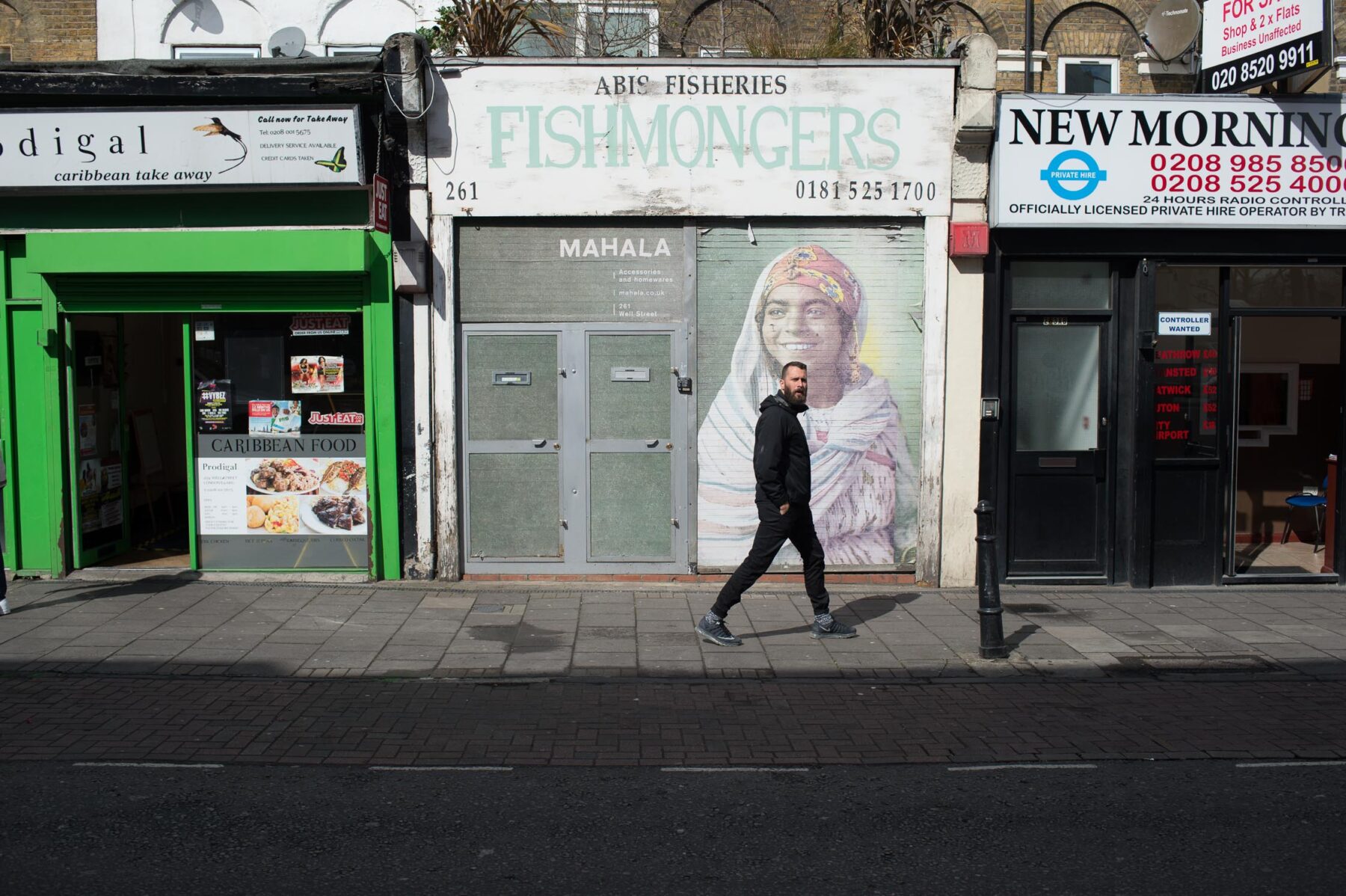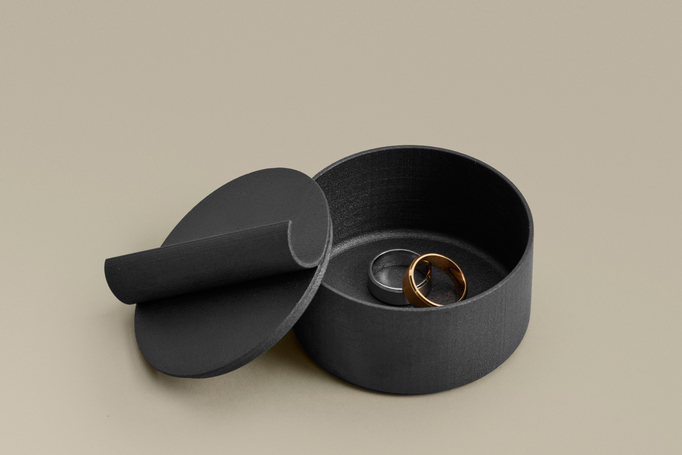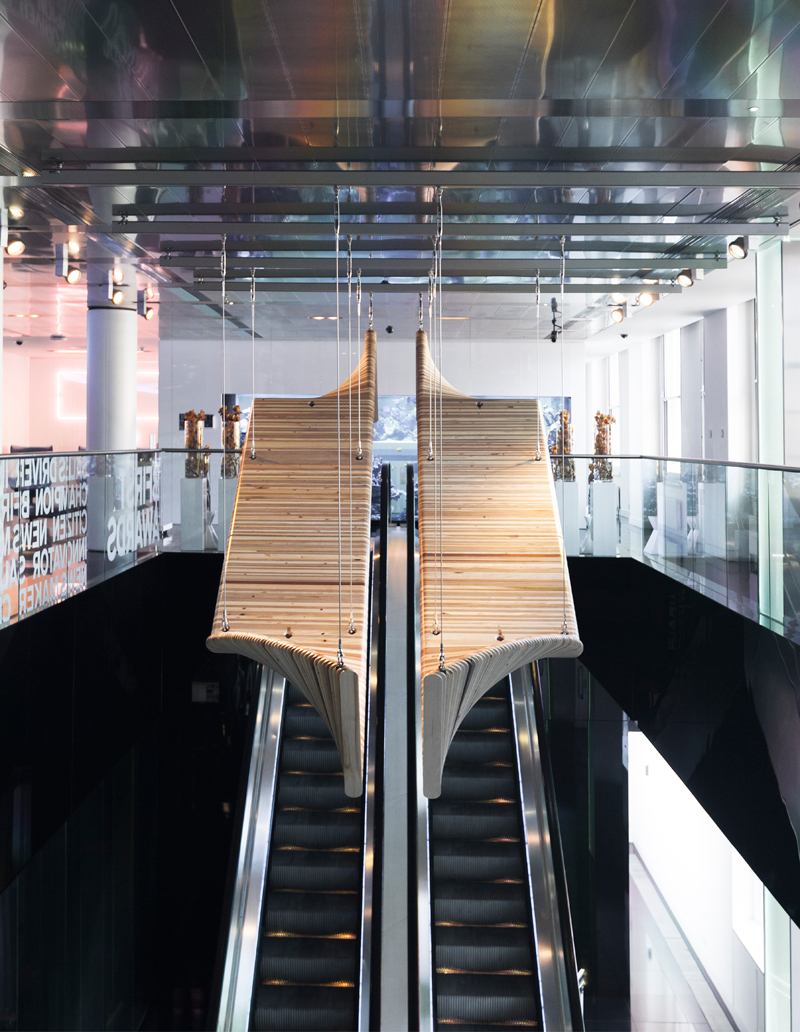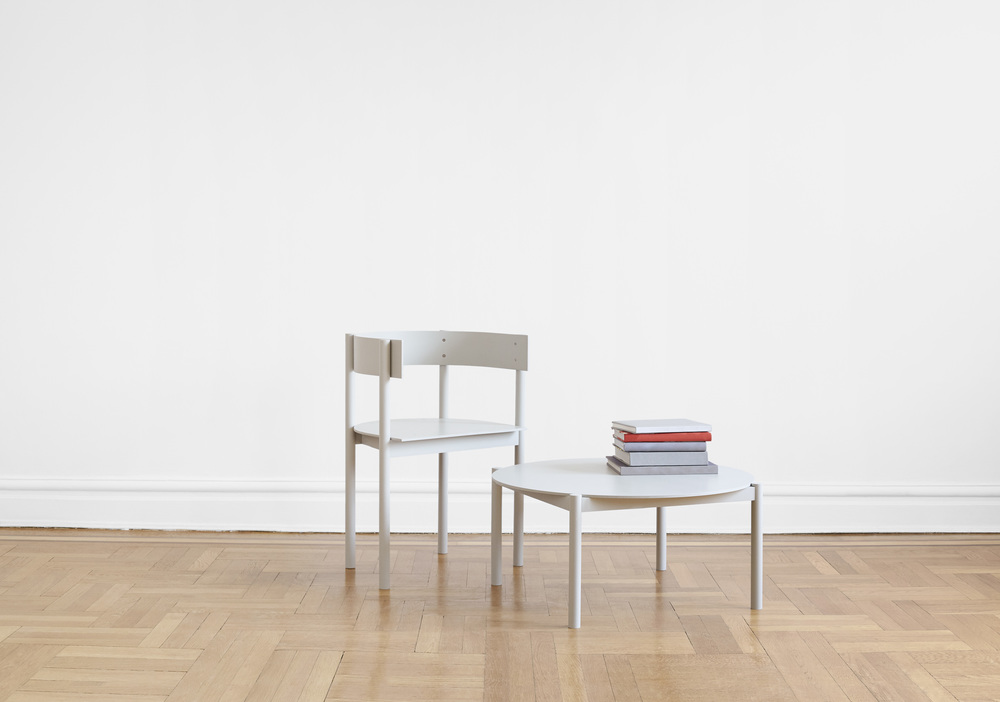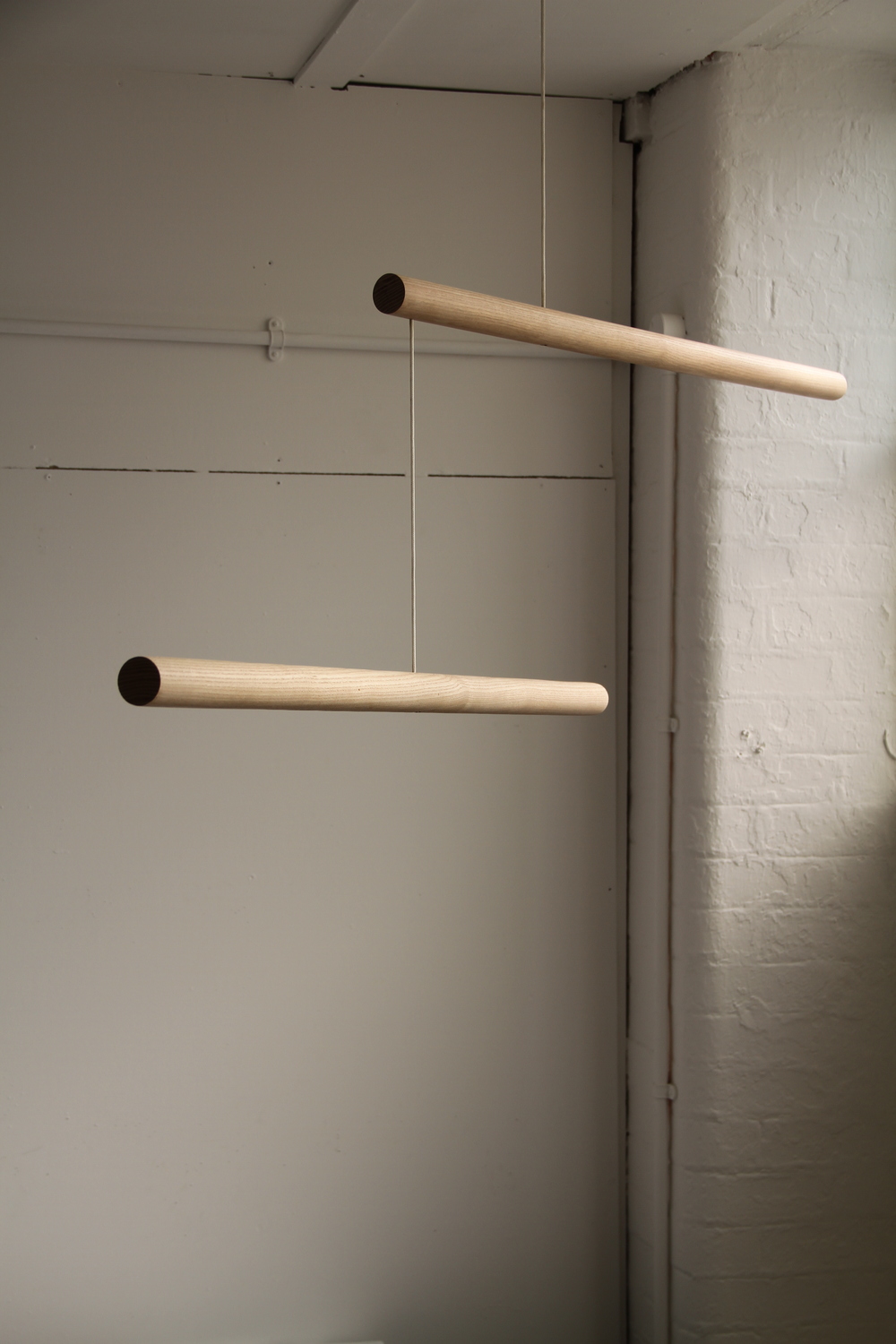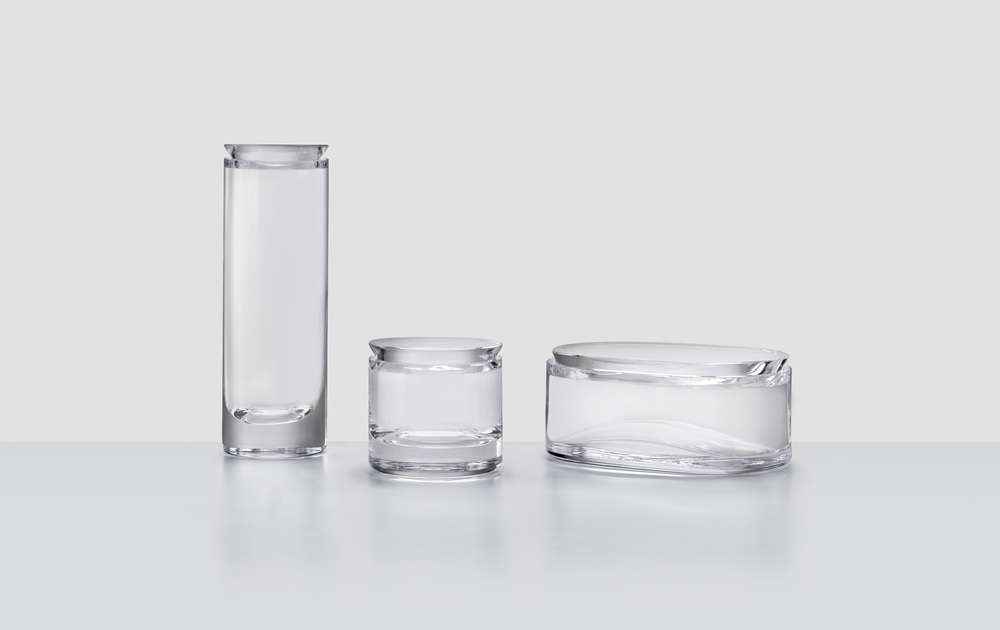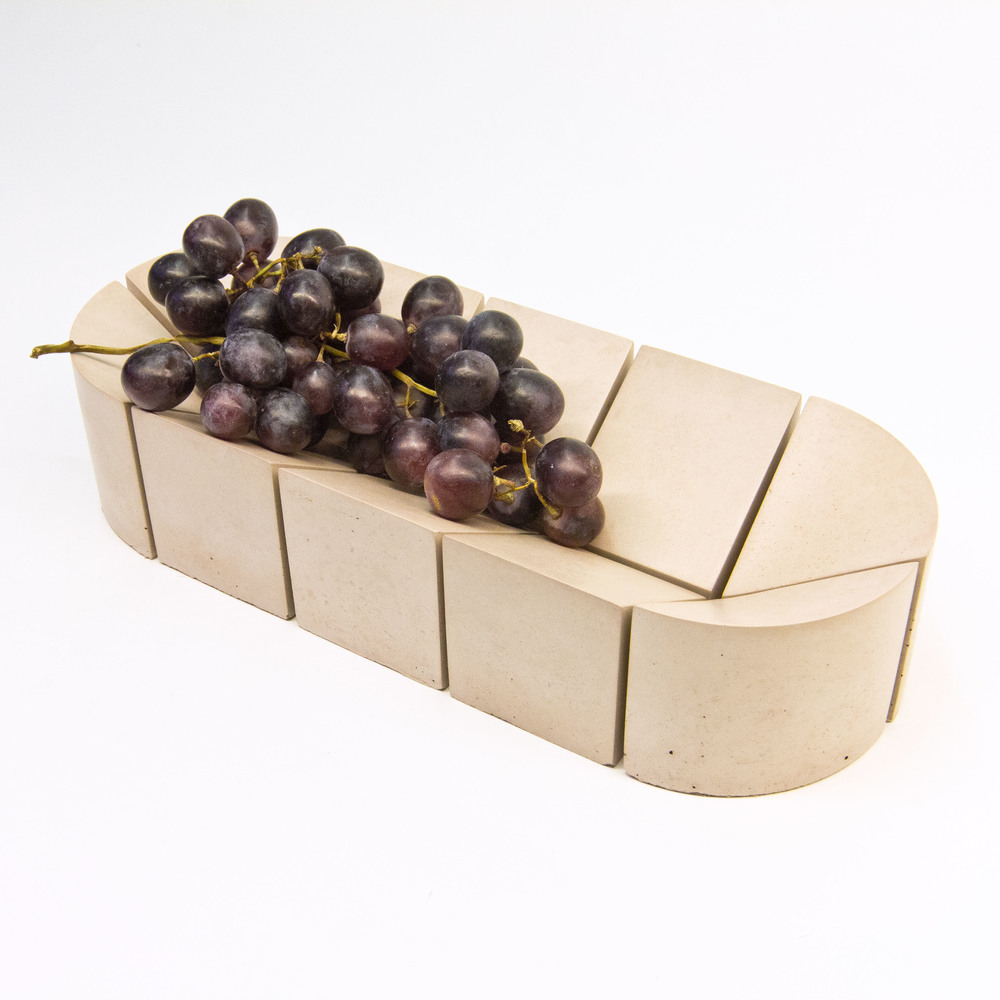With his stark black beard and pale blue eyes, Philippe Malouin is a physically striking presence—almost as striking as the objects he creates.
The designer, who arrived in London eight years ago with just two small suitcases in tow, has since built a name for himself on a cutting-edge body of work that has won him widespread acclaim among peers and a growing list of clients (Including Hem, Ace Hotel, Izé, Roll & Hill, Umbra Shift and Established & Sons).
In today’s digital age, Philippe—a Canadian native who studied in Montreal, Paris, and Holland before moving to London for a transformative stint working for Tom Dixon—designs around the concept of creating objects built to stand the test of time—turning out utilitarian pieces as tasteful as they are functional.
“Designing by making is definitely something I believe in,” he says, seated in his Hackney studio. “You discover things that you wouldn’t otherwise. That’s big for me and I feel it’s an important way of working. When you have more time on your hands and you can actually slow down, that’s when things get really exciting. That’s when you can discover something new.”
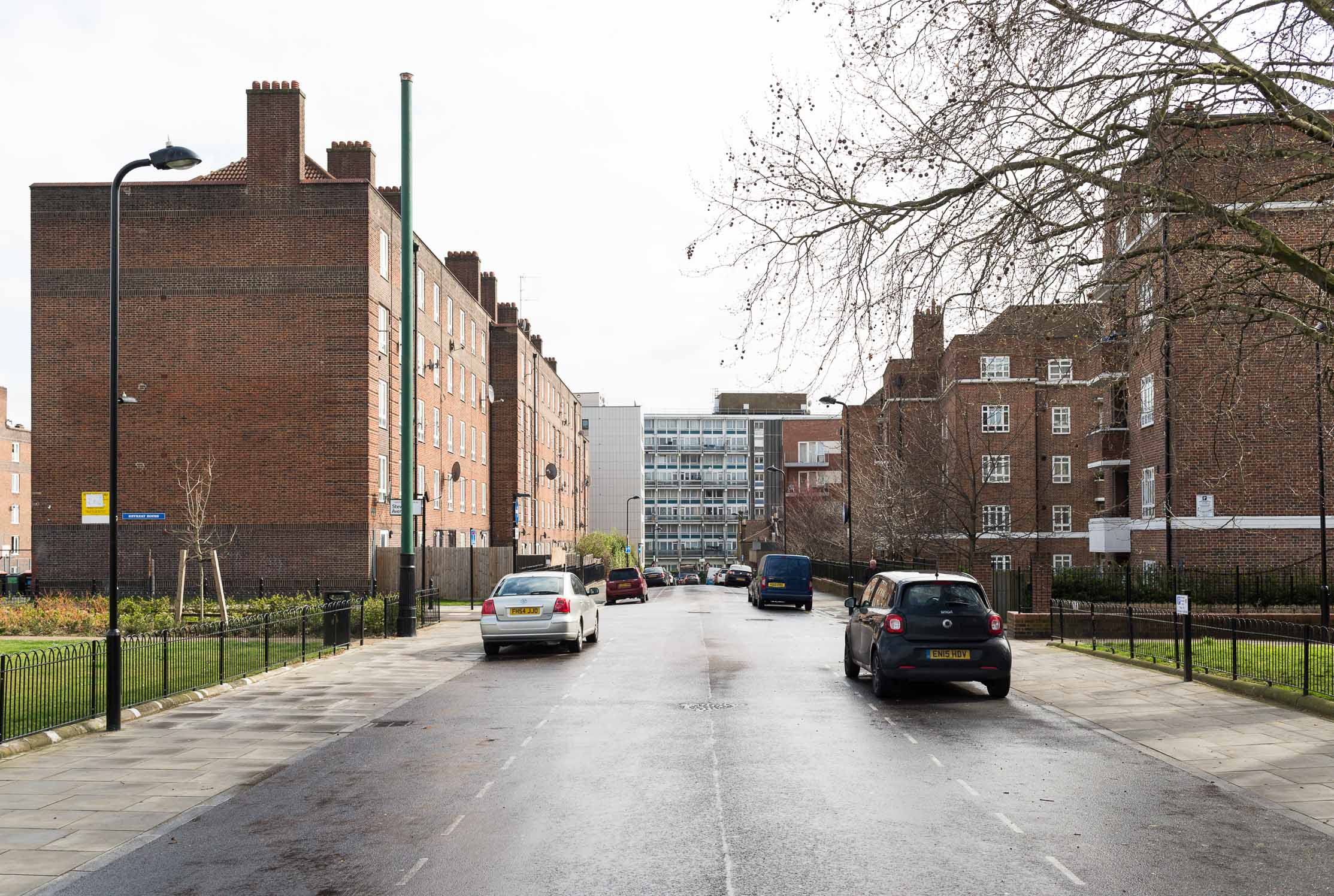
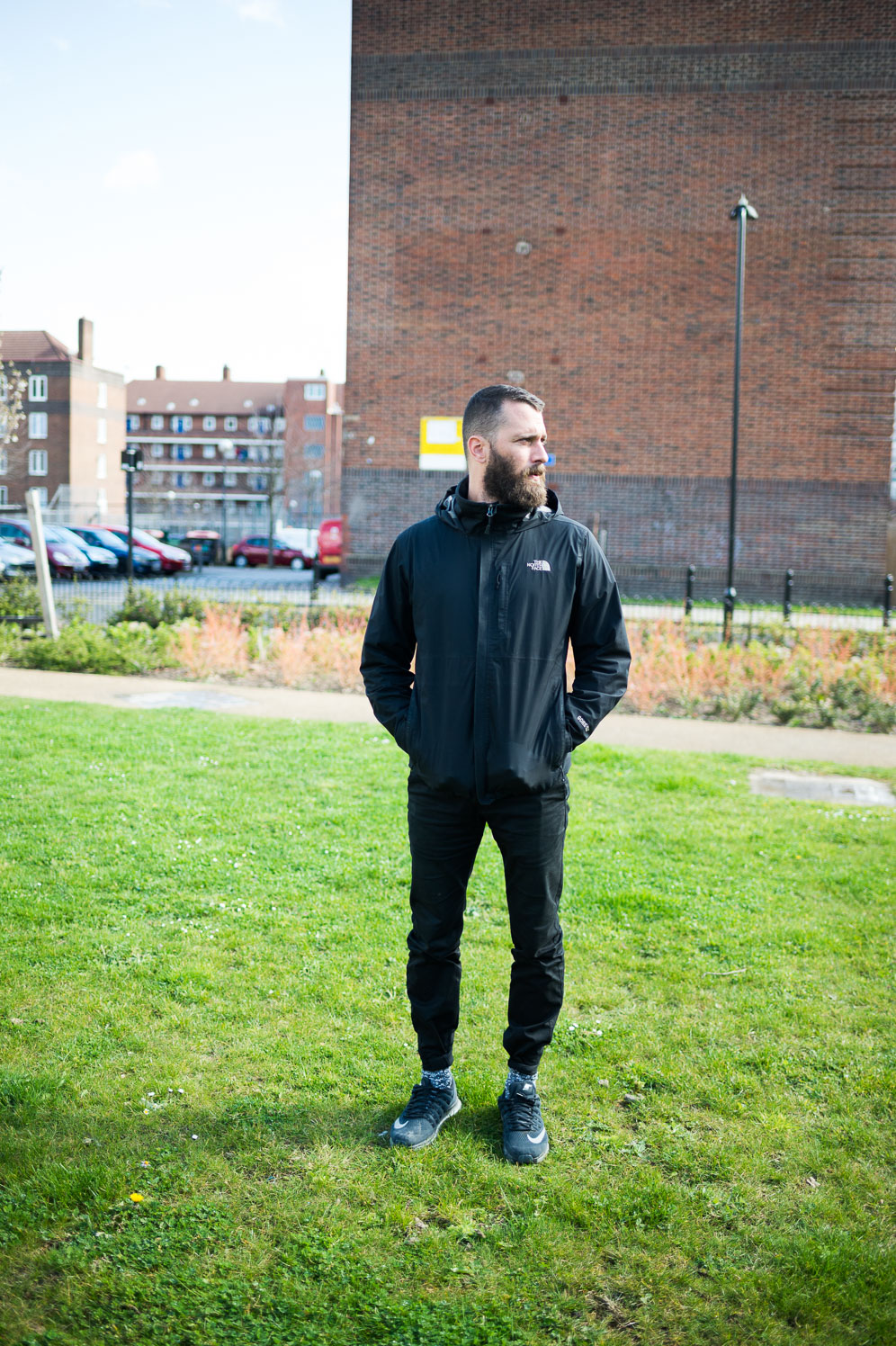
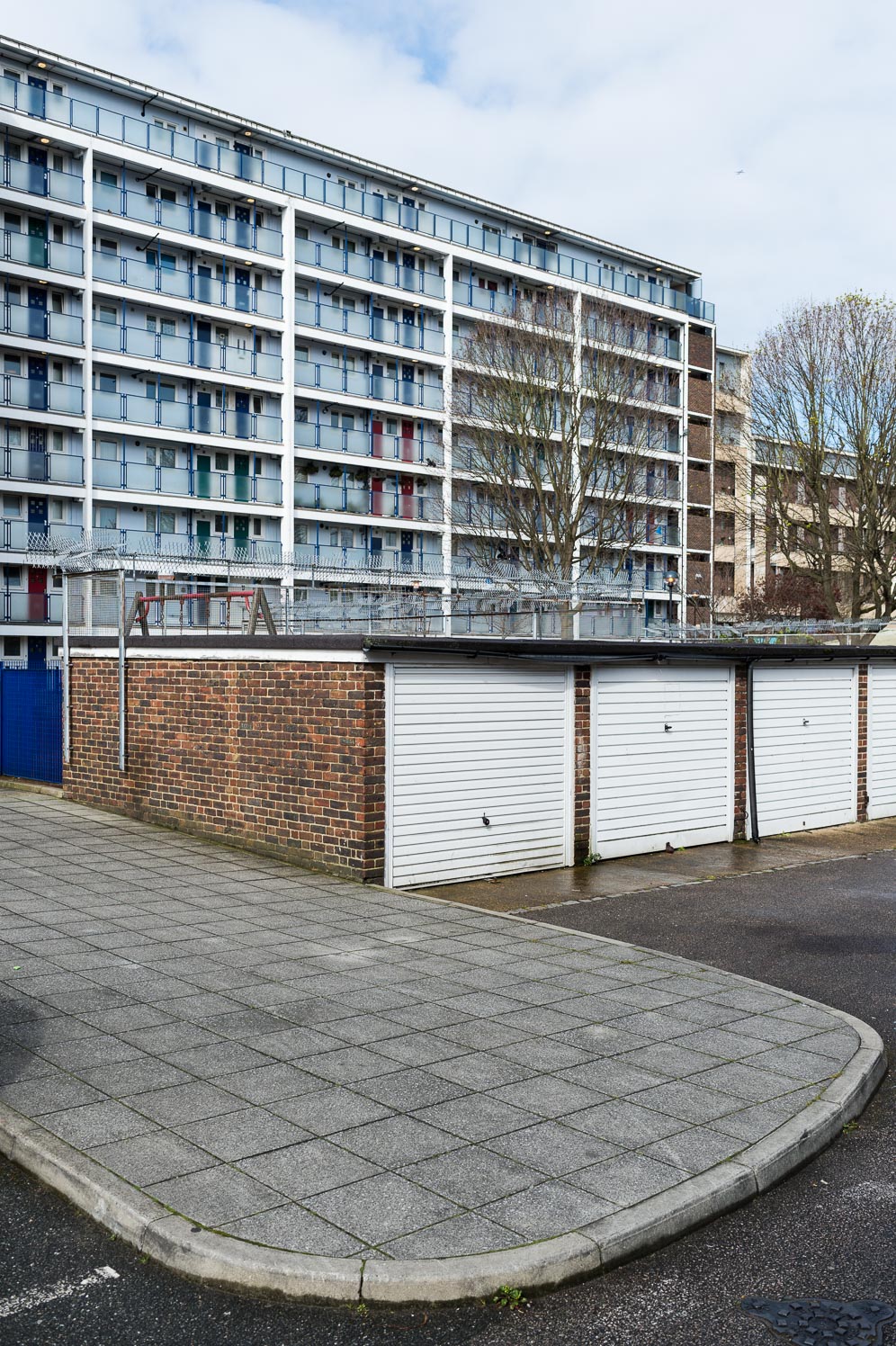
-
Had you always had an affinity for creative ventures before you studied design at university?
Yes, I was always very interested in all the arts in general. I did a few preparatory courses in art, design, theater, media and journalism. Then, when I finished with college, I went off for a couple of years to travel around Europe. I experimented in quite a lot of different fields. Design was definitely the one that stuck for me. I had always been interested in building things as a child and we had a workshop at home where I could play around. It just really made sense that it became my career.
-
Thinking back, can you remember the very first thing you ever designed?
Yes, actually. In order to get accepted into university in Canada, I designed a bench that was made out of paper-thin wood. It had all these layers that kind of slid into each other with notches. That made them form a grid of sorts, which allowed the thin pieces to become quite strong without screws or glue or anything. It was also very lightweight, which was nice. I guess I’ve always liked repetitive, minimal things. I didn’t know much about design at that time, but I think that aesthetic was already my style. That was probably one of the first real things I created—it wasn’t too bad!
“A lot of people say you should choose one thing and do it well. But these days, as the world of design is changing, I think it’s best to be good at many different things.”
-
Your portfolio is very diverse: you’ve worked with many different materials, and have created tons of different products, from metal rugs to intricate art installations. Are there specific materials or methods that you prefer?
No, to be honest. That’s the most fun thing about my studio and the work I’m fortunate enough to do. Starting my own studio was very much based on the idea of not having to do the same thing over and over—whether that’s installation work or furniture design. Furniture design has been a huge part of my career, but we design spaces, too, which really happened on its own. We’ve also been asked to do art installations on a larger scale. And we experiment so much with materials, so it’s kind of all over the place. A lot of people say you should choose one thing and do it well. But these days, as the world of design is changing, I think it’s best to be good at many different things.
-
That must be difficult, but it also must be an incredible source of inspiration. Art forms often inspire other art forms, right?
Absolutely. Perhaps it might be very cliche to say this, but the best designers of all time, the Eameses, always did this. They’re such an inspiration because their studio was obviously predominantly a design studio, but they also worked with film, cinematography, choreography, dance, interiors and more. They have such an incredibly wide-ranging portfolio. That’s such a tremendous source of inspiration for me.
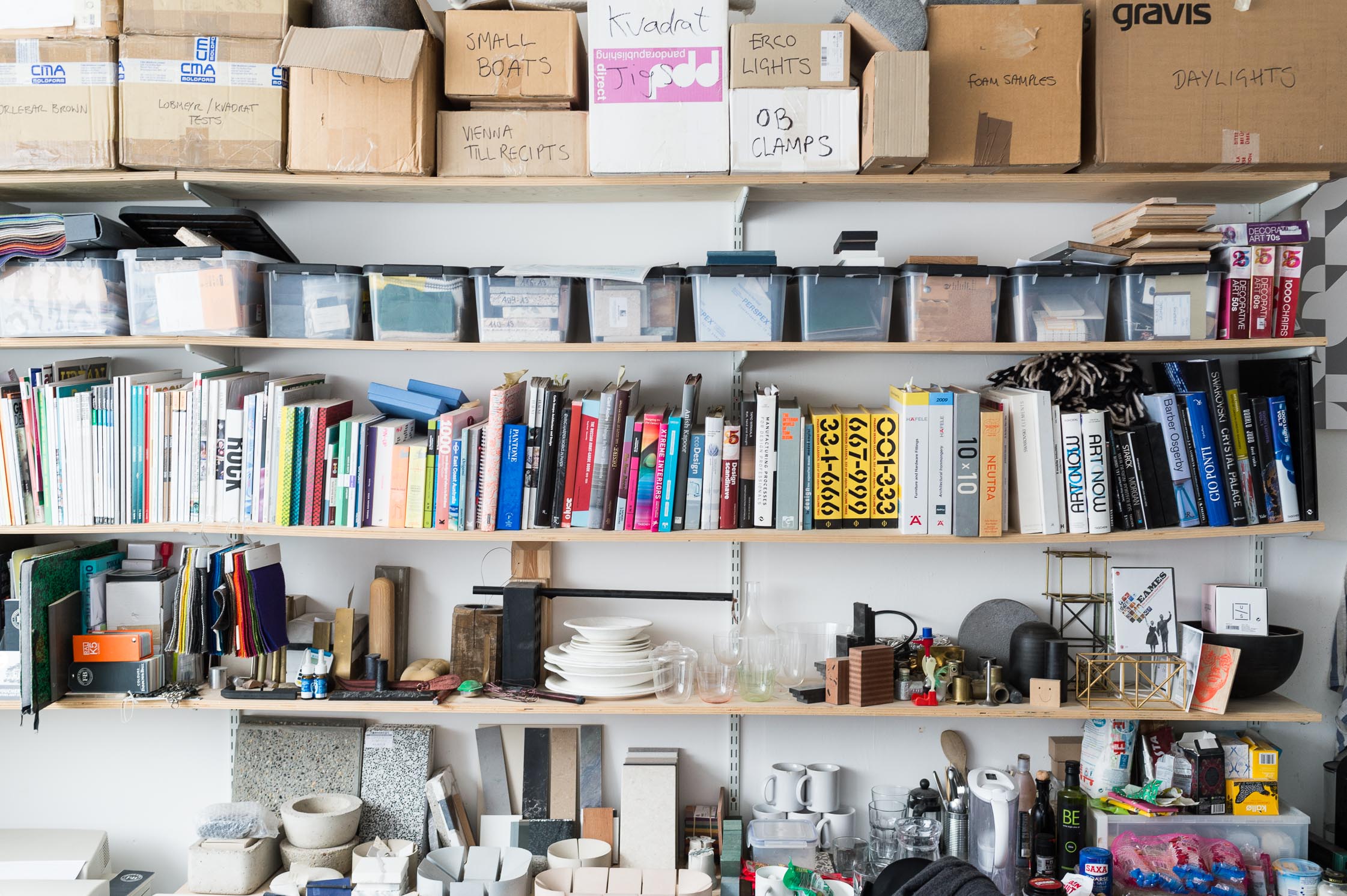
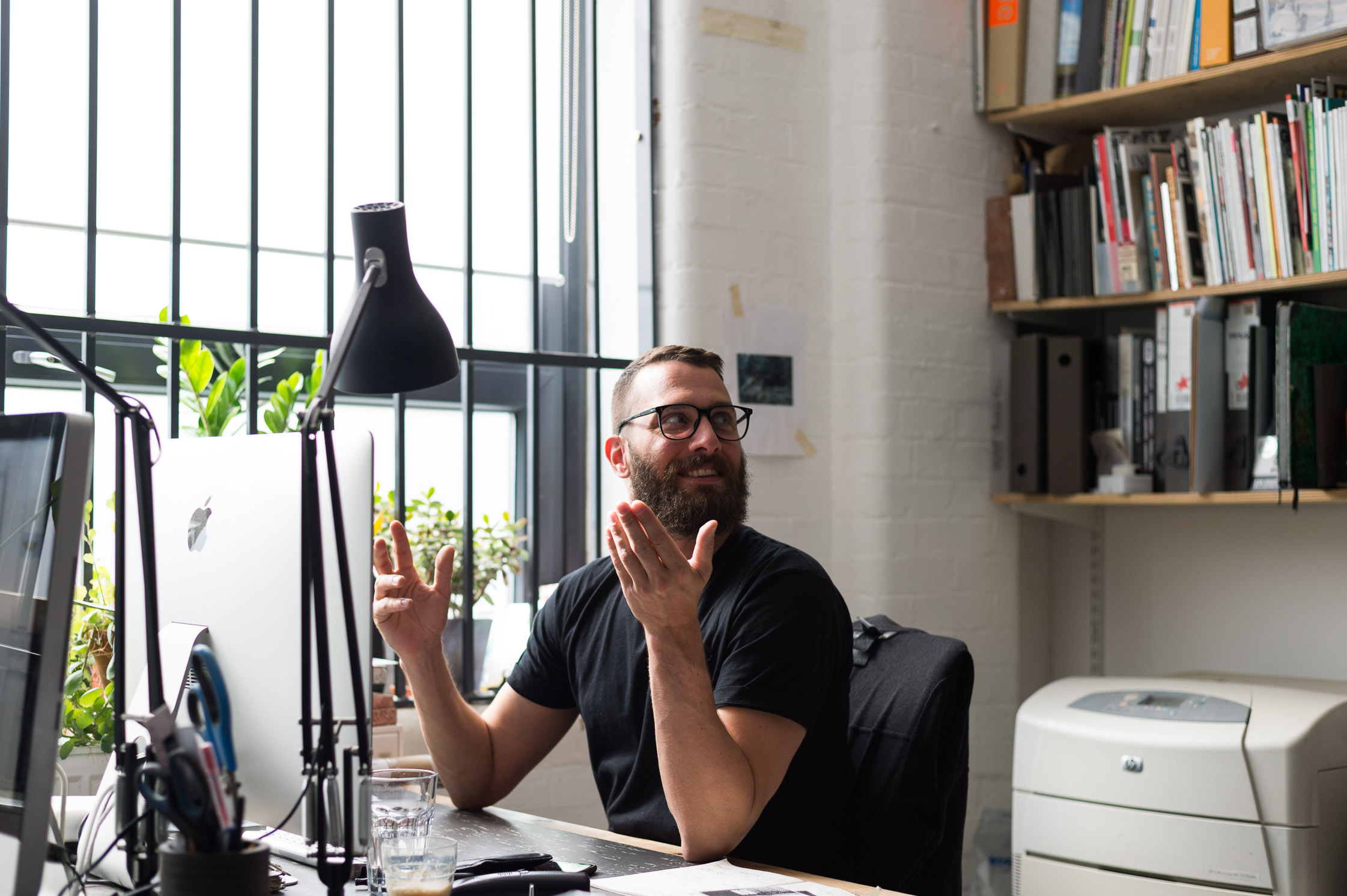
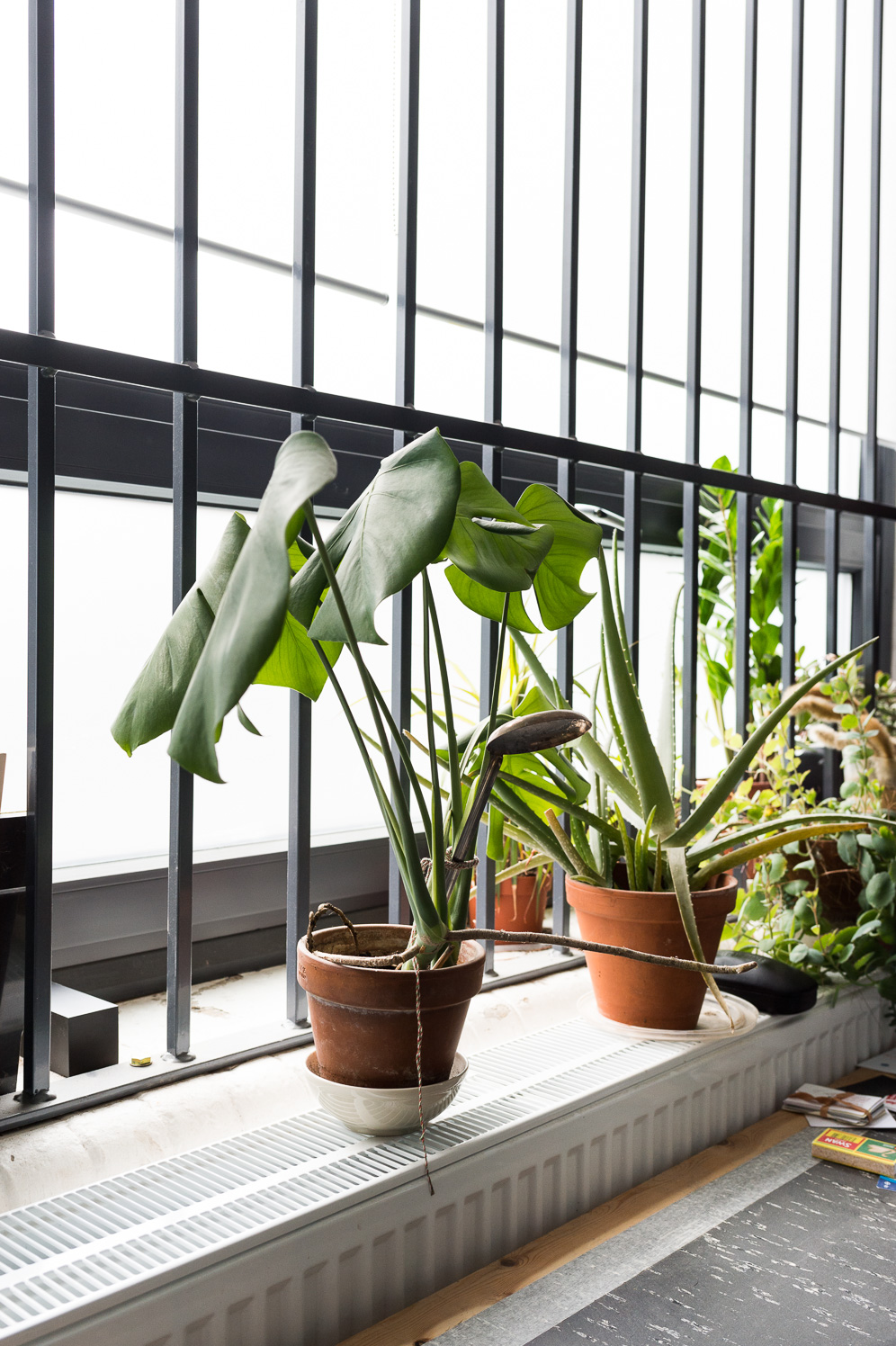
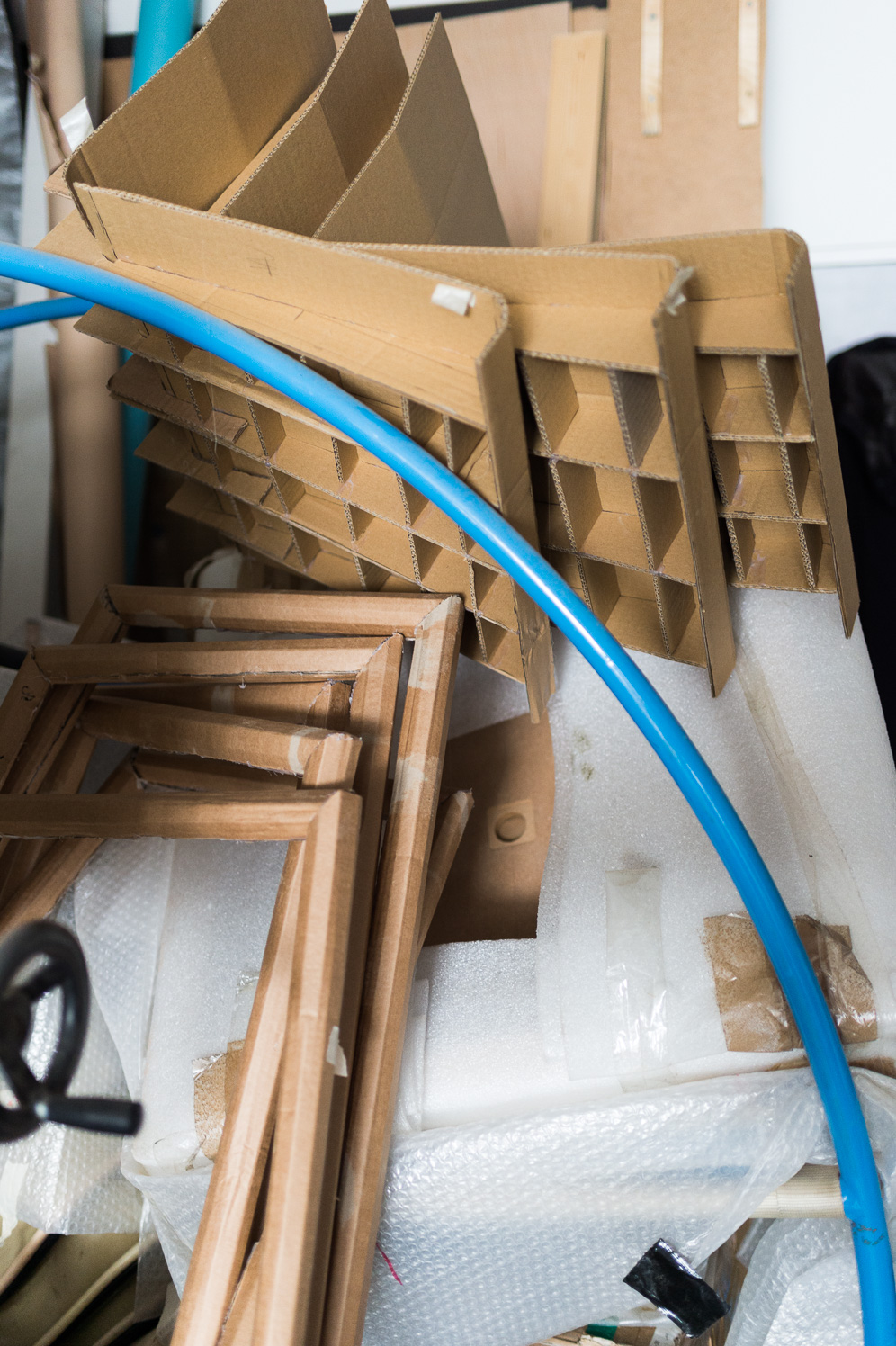
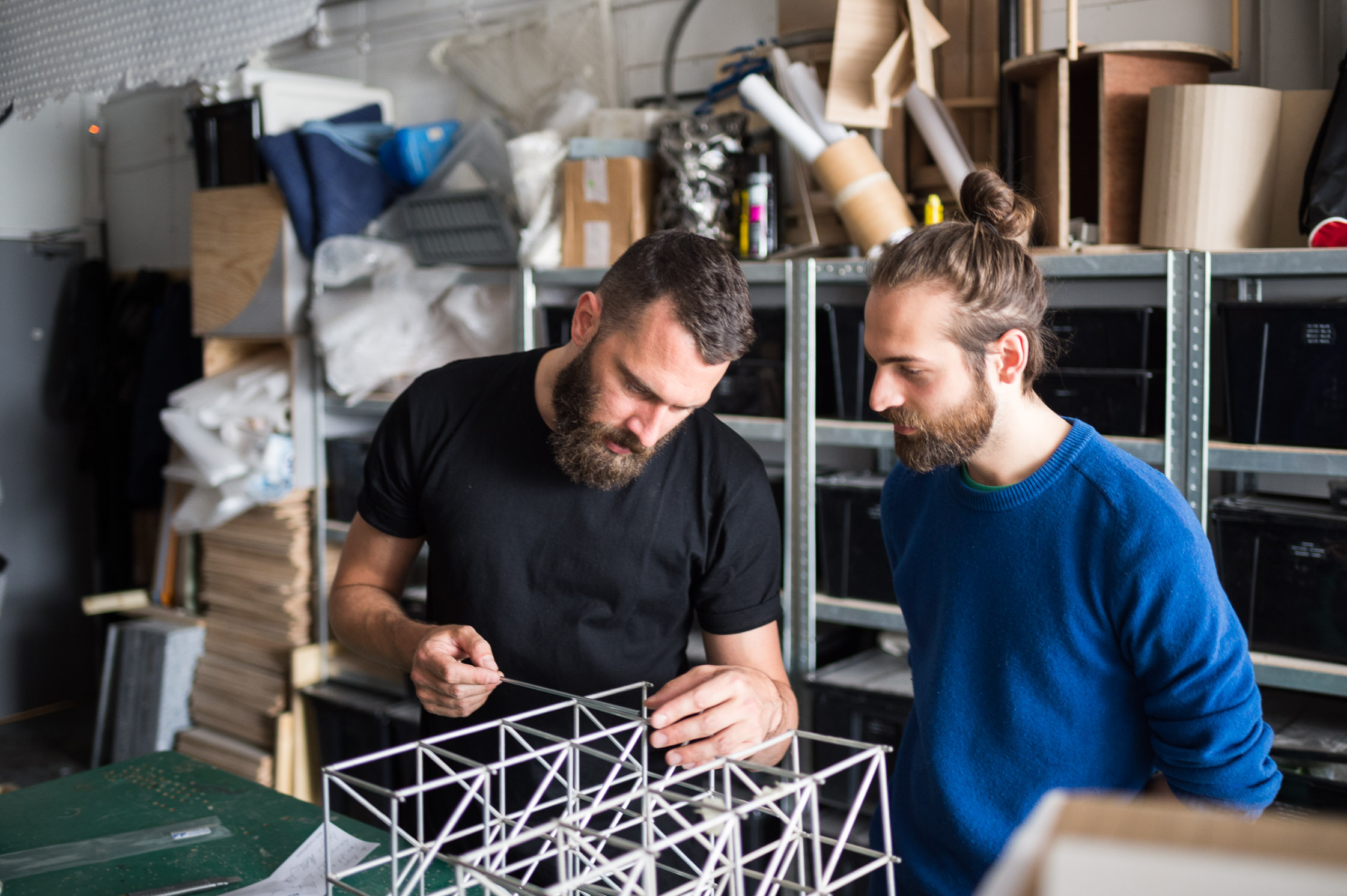
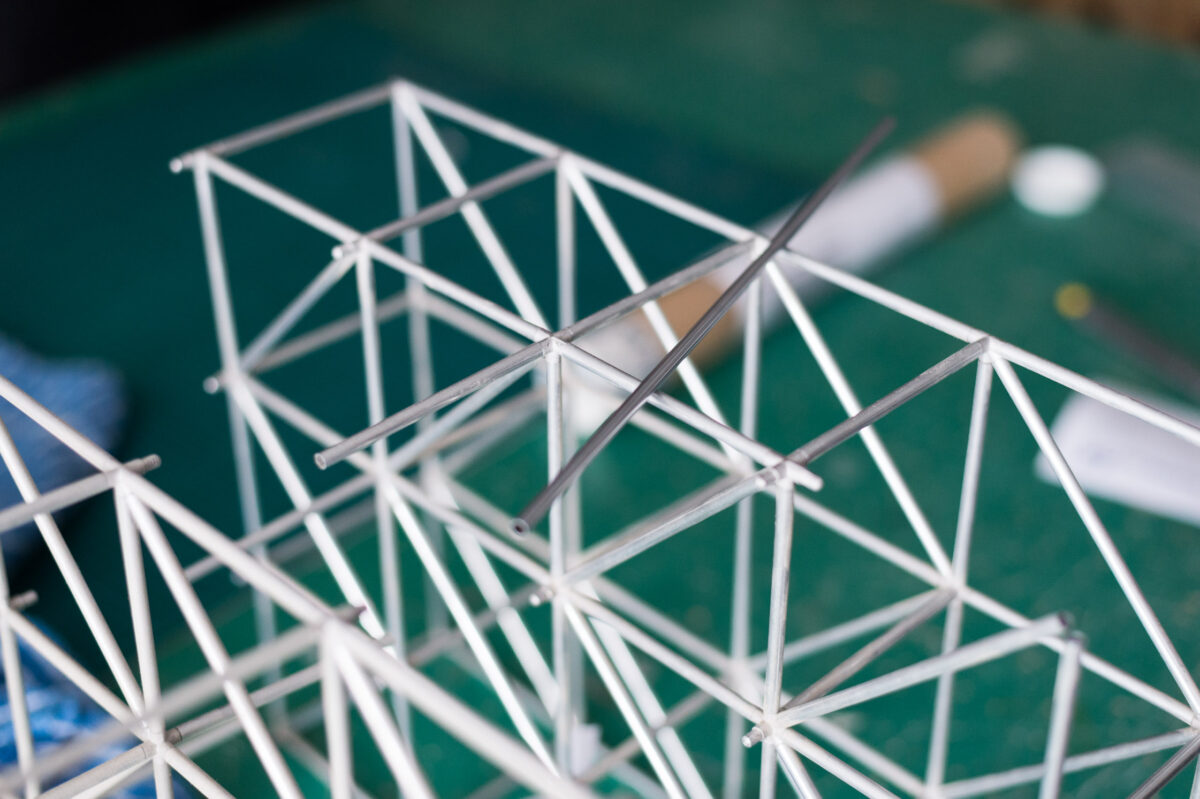
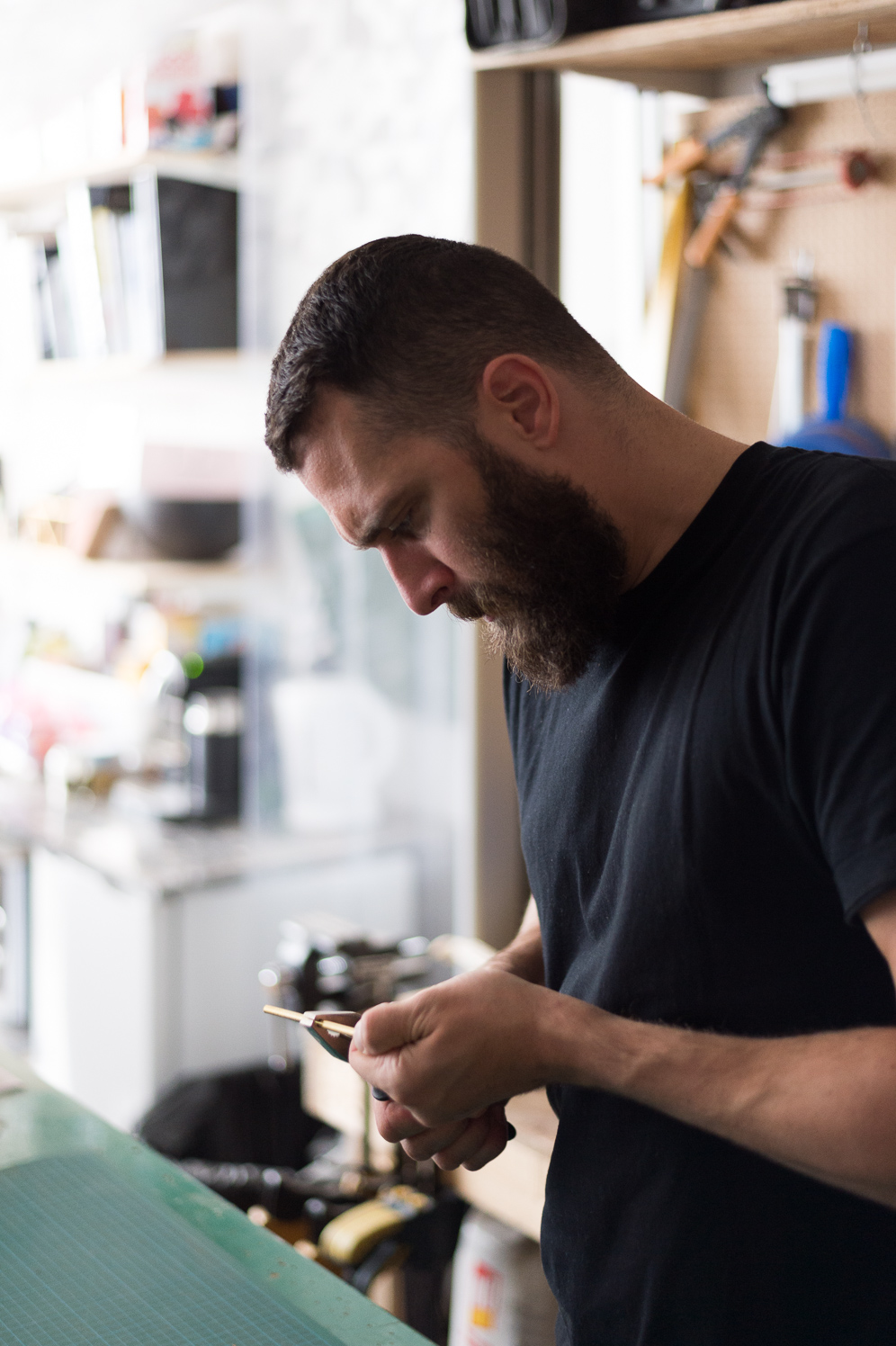
Malouin’s latest designs seek to explore unusual materials
“Starting my own studio was very much based on the idea of not having to do the same thing over and over—whether that’s installation work or furniture design.”
-
What’s behind your creative process? Are you the type of person who dreams up new ideas at night and wakes up to scribble them down? Or do you think up new designs at random places like the pub?
Oh, I do that, most definitely. I’ll be walking down the street, and I’ll see some small detail on something, anything. It’s usually something random like a piece of cast concrete on the sidewalk. Then that will sort of start the process for me, and a new idea might arise. Actually, I often send myself emails with photographs of what I’ve seen, or even just quick notes so I won’t forget. I end up doing that all the time.
-
Do you believe in designing with the permanence of an object in mind?
Well, it’s certainly a goal of mine. I don’t know if I’m achieving it, but it’s certainly a goal. To be honest, I’m not really interested in trends. I never look at magazines or blogs to see what’s in style. Maybe I design things that are trendy without knowing sometimes—who knows, really. But that’s never what I aim to do. It’s not something I’m interested in, because I find designing that way is very transient. It doesn’t last.
-
When you acquire items for your own space, do you think about purchasing something that will last for a long time?
Yes. I suppose my design ideals depend on how I consume design myself. I always prefer to want something for a really long time before I make up my mind about buying it. I want to be certain that I really want something before I purchase it. Things go the same way when we’re designing pieces in the studio. We’re a small studio, and we don’t rack out a lot of products every year—maybe five per year or something. So we’re very selective about who we decide to work with. We want to take our time designing and decide why we are actually doing things and not rush the process. When something is designed quite slowly over time, that shows up in its appearance and how it’s handled and how it feels, so people ultimately treat it differently. I think that’s very important.

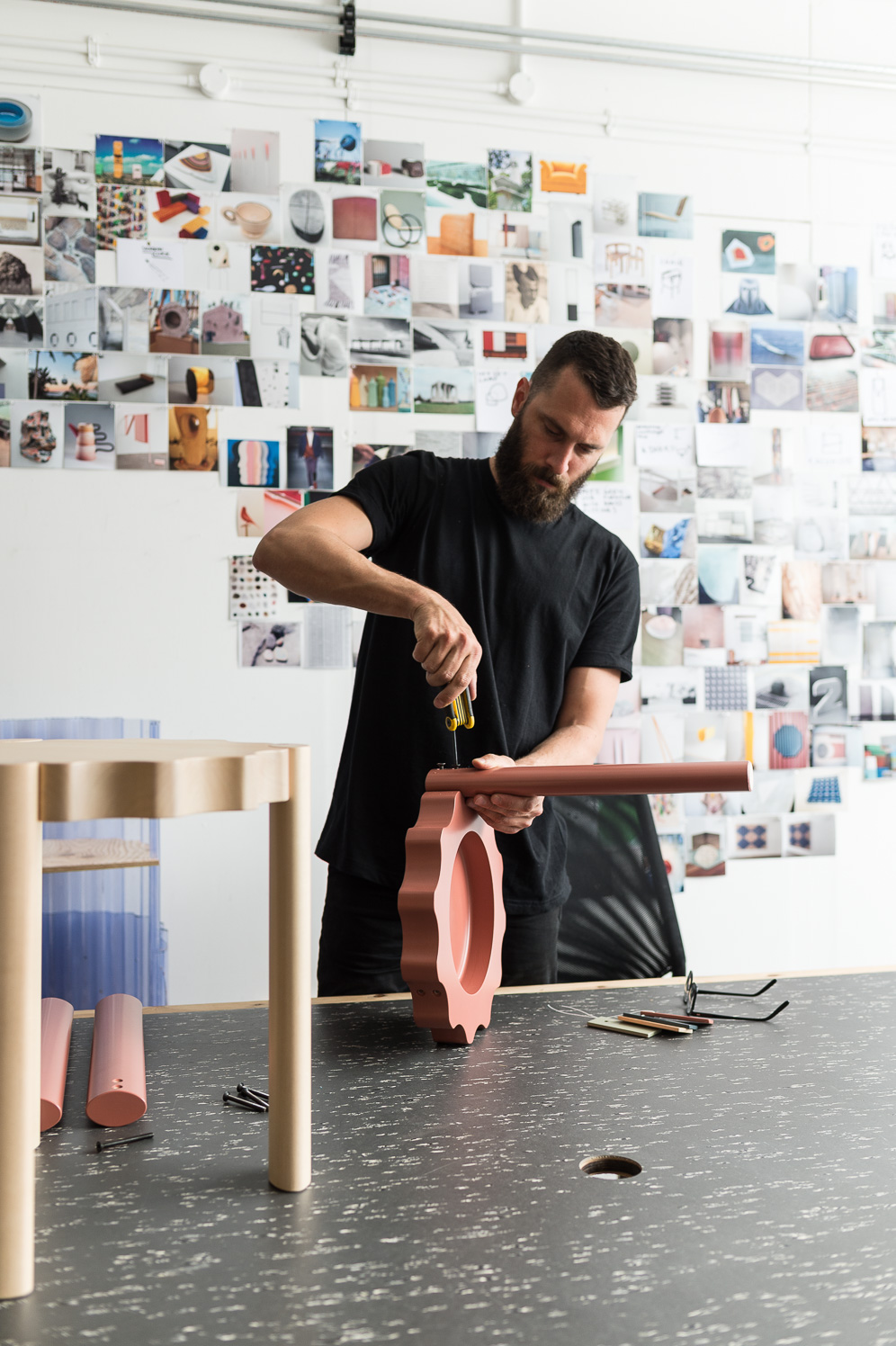
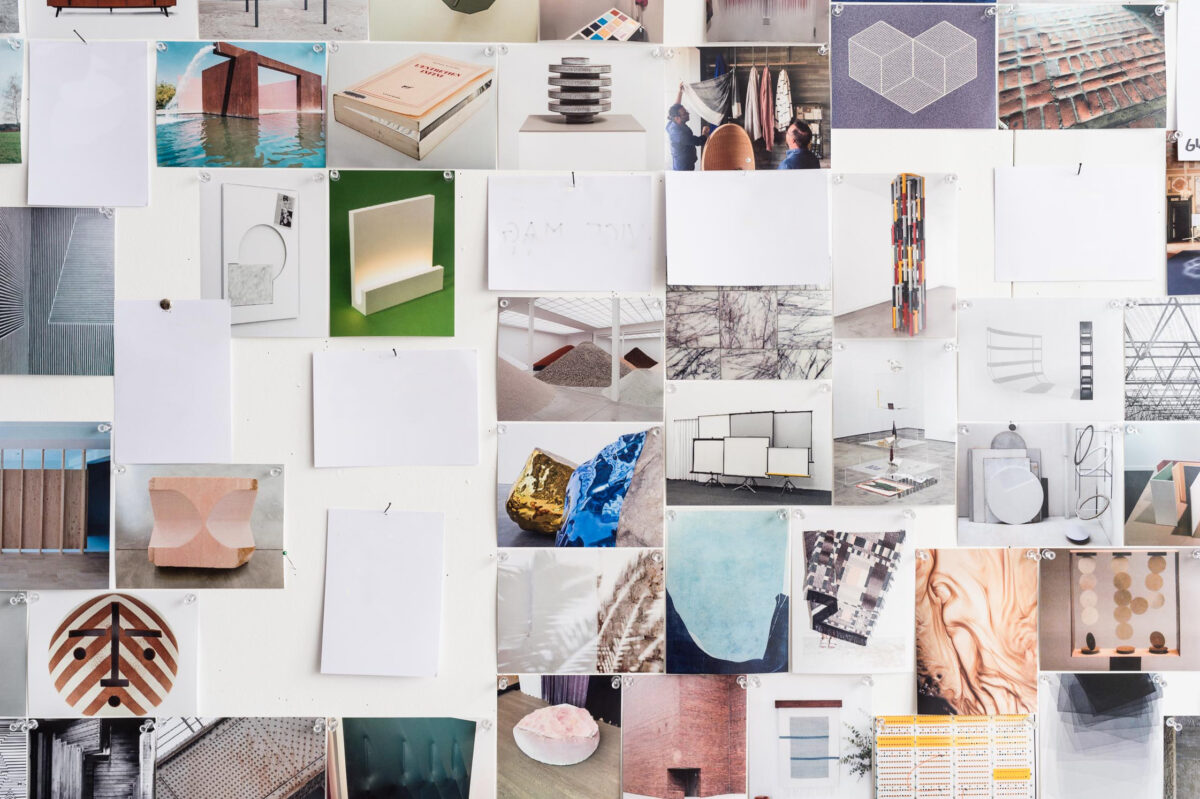
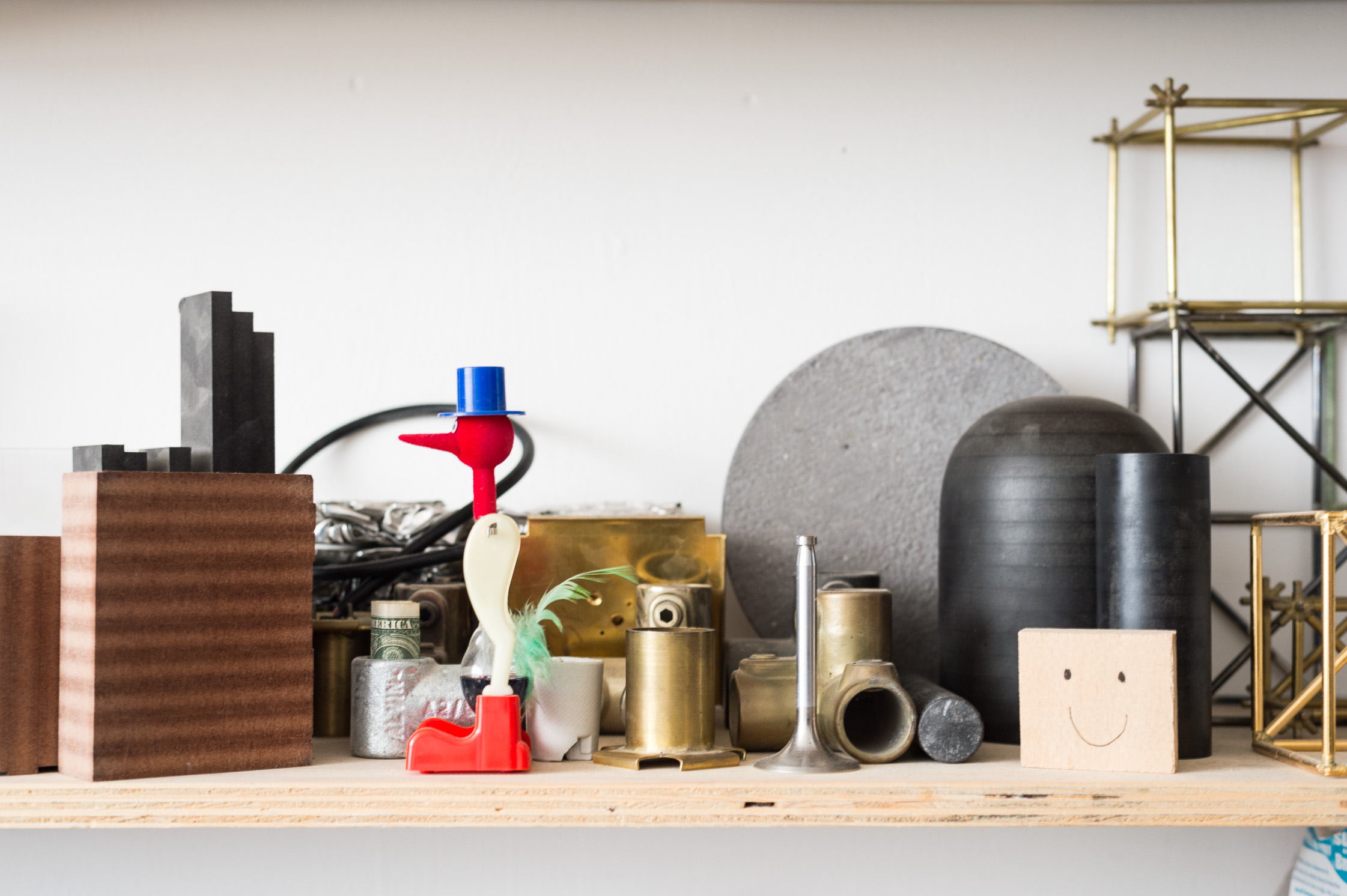
“When something is designed quite slowly over time, that shows up in its appearance and how it’s handled and how it feels, so people ultimately treat it differently.”
-
Your design studio is located in Hackney, which is arguably London’s most eclectic, artistic area. Over the past 10 years, how have you witnessed East London change?
I think one area that’s had such an incredible transformation is Dalston. I remember walking home from going clubbing 10 years ago, and it was very scary. You had to really watch where you were going. There was a lot of crime and there was no police presence whatsoever—that’s definitely changed, which is good. I don’t know if the change is for the best for everybody, though, because property prices have become very expensive and it has gentrified the neighborhood to the extent that people can’t really afford to live here anymore. People like teachers and nurses can’t afford it, which is completely crazy. So it’s both good and bad.
-
How has London influenced or informed your designs? Do you think London has had more influence on your aesthetic than other cities you’ve lived in, like Montreal or Paris?
I think London definitely has its own thing going on because of all the people living here. It’s very expensive, but it has its own flair in the sense that I think people try to make very much out of very little. There’s very little space. Everything is so expensive. It’s not necessarily the same today as it once was, but there used to be a kind of “do it yourself” idea that was going around. I think maybe that’s formed a new direction to where London was going before that time. People know what they have to do in order to make it work.
-
Tell us a bit about the way you work. When you’re working in the studio, do you have specific music you listen to?
Yes, I do. I walk into the studio in the mornings, and we always immediately put on BBC Radio 6. I love Lauren Laverne. She’s amazing and clever and so fun. I really love her taste. She covers absolutely everything on her show.
-
When you’re not in the studio, what personal interests or hobbies do you enjoy?
Surfing and snowboarding are two of my absolute favorite things to do in the entire world. I also try to travel quite a bit, as well. I spent the month of February in LA this year, basically just so I could surf every day. February is the dreariest, most awful, grey month in London, so it was great to get away. I’m incredibly fond of LA as a city. There’s a large part of me that would like to live there. I feel very lucky, because my work takes me around the world. That’s something I’m incredibly thankful for.
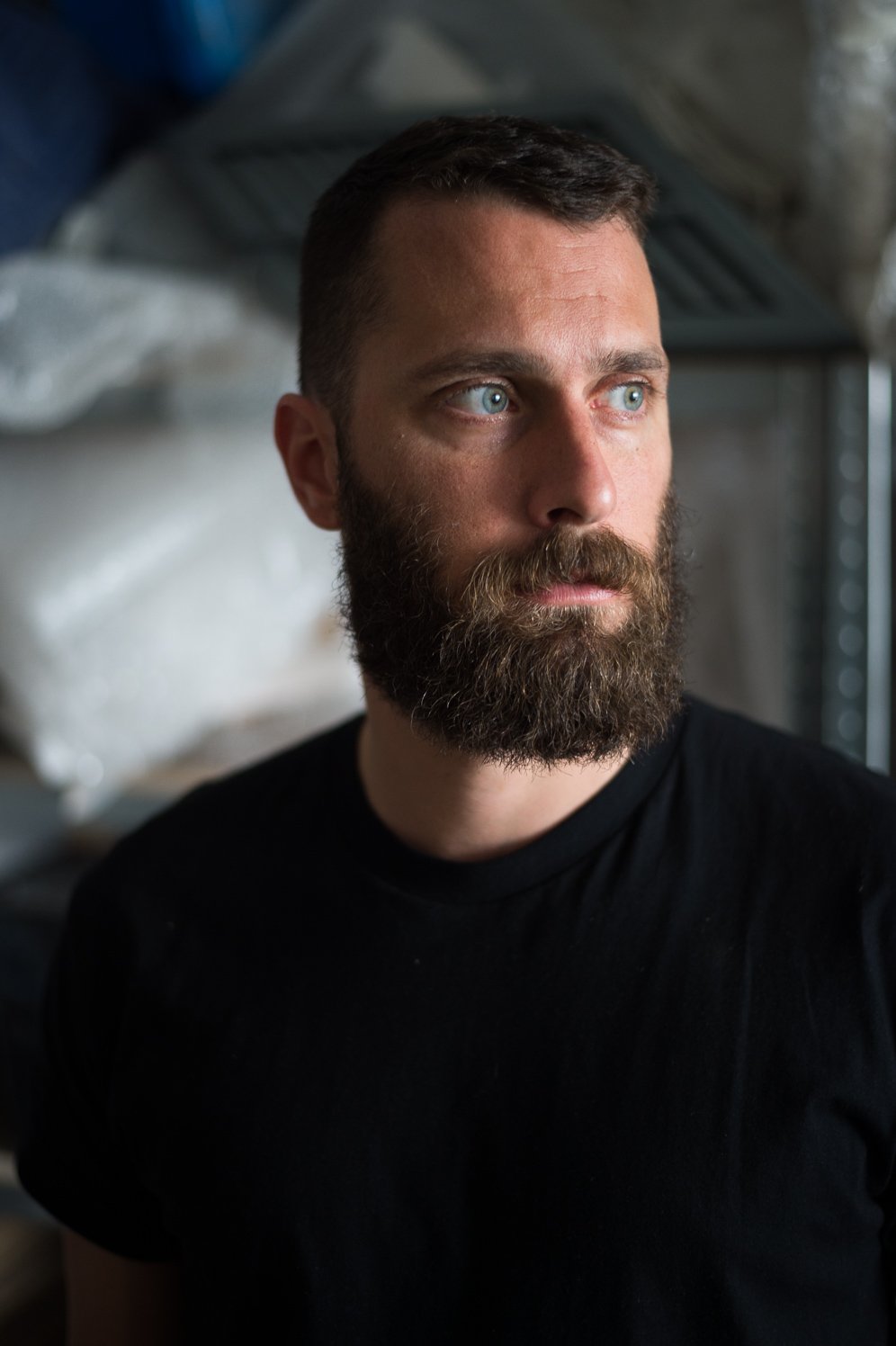
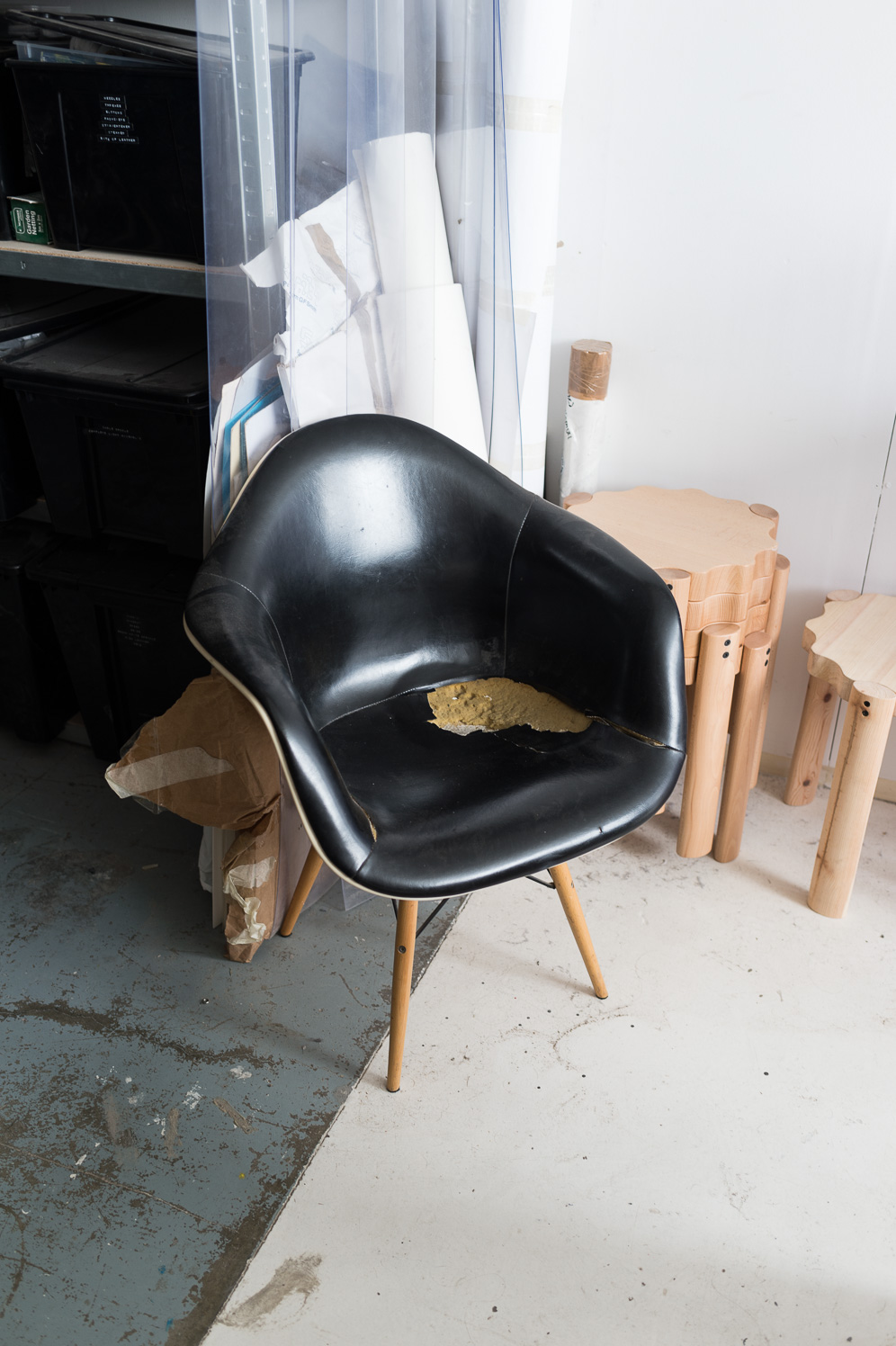
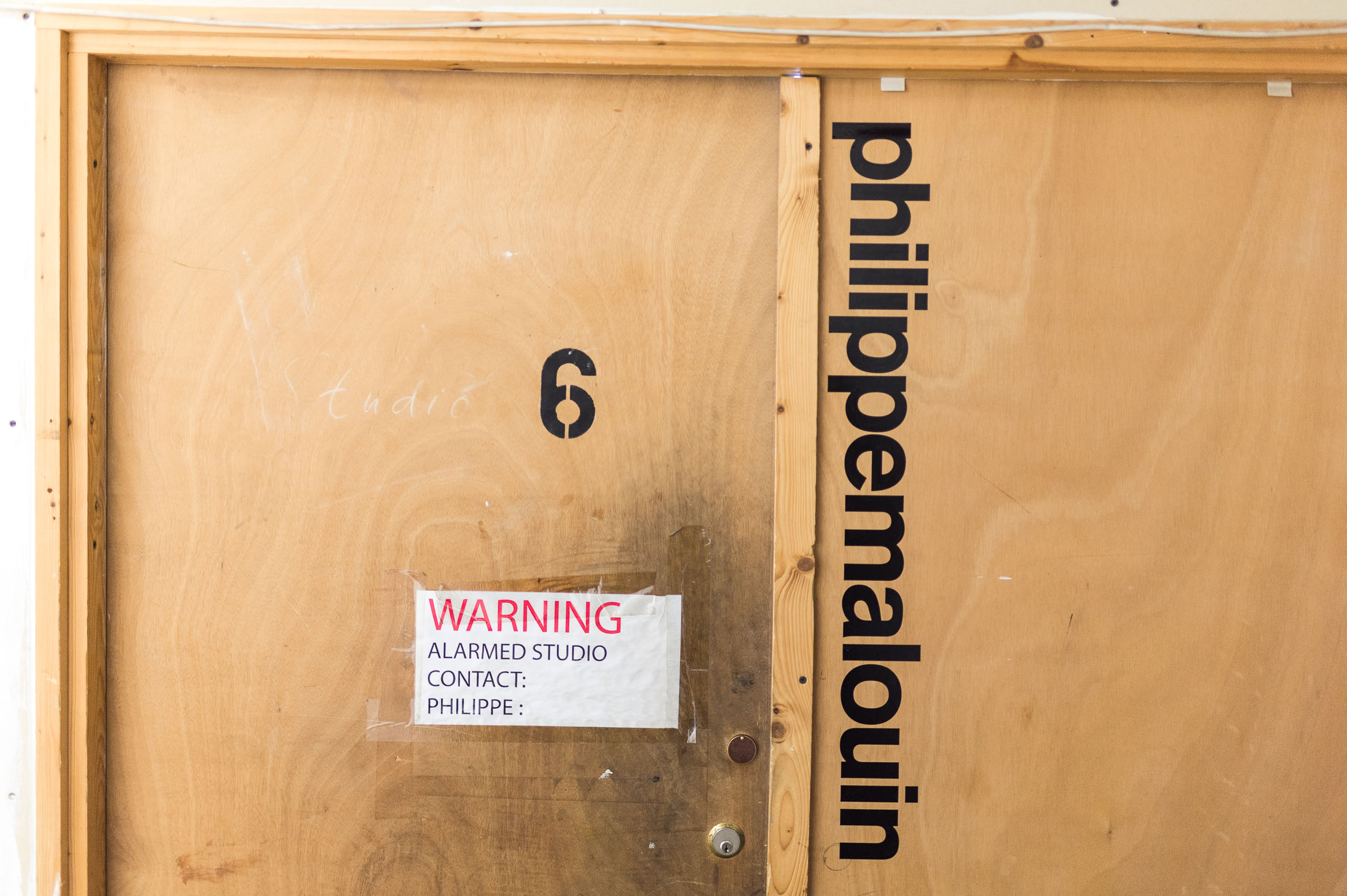
Many thanks, Philippe, for sharing your time so generously. Find more from Philippe on his website. Visit our archive to meet more inspiring personalities from London.
This portrait is part of an ongoing collaboration with OTHR, a vibrant hub for unique ideas and new possibilities in design. Visit OTHR for more on this story and many more.
Interview and Text:Sarah Rowland
Photography:Sebastian Böttcher
